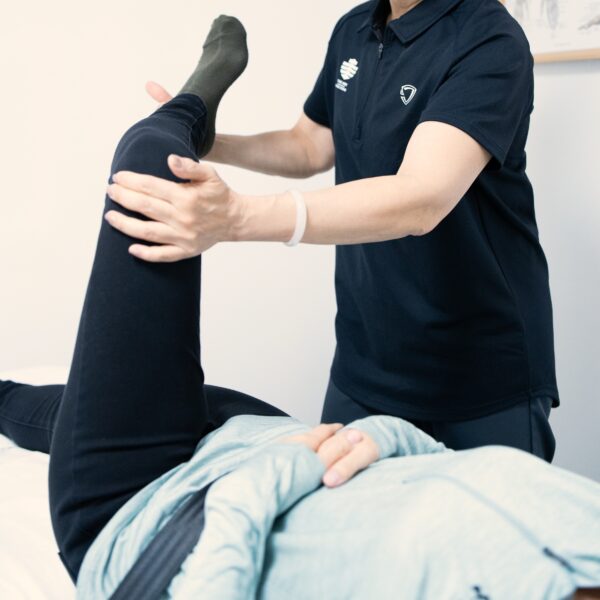
ACTIVE ISOLATED STRETCHING (AIS)
Active Isolated Stretching (AIS) is a stretching technique. It focuses on improving flexibility and range of motion, by actively engaging the muscles being stretched. This can trigger a protective reflex in the muscle, causing it to contract and resist the stretch. Instead, AIS uses a specific protocol of repeated, controlled movements, which gradually lengthens and stretches the muscles.
Unlike traditional static stretching, stretches are held for an extended period. Active Isolated Stretching (AIS) employs shorter durations for each stretch of repetition. The short duration helps prevent the stretch reflex from being triggered. It also minimises the risk of muscle strain or injury.
The benefits of Active Isolated Stretching (AIS) may include:
- Enhanced Athletic Performance: Active Isolated Stretching (AIS) can help athletes enhance their performance. It increases flexibility, range of motion and prevents injuries. Athletes also recover more effectively.
- Injury Prevention: Regular practice of Active Isolated Stretching (AIS) can help reduce the risk of muscle strains, sprains and other musculoskeletal injuries. It does this by maintaining optimal muscle length and flexibility.
- Rehabilitation and Recovery: Active Isolated Stretching (AIS) is often used in rehabilitation settings. It helps with the recovery process after an injury or surgery. It can help restore mobility, reduce muscle imbalances and facilitate healing.
- Improved Circulation and Tissue Health: Active Isolated Stretching (AIS) involves repeated movements. This promotes blood flow, nutrient delivery and waste removal. It contributes to improved tissue health and overall well-being.

FAQ: Active Isolated Stretching (AIS)
Active Isolated Stretching (AIS) differs from other stretching methods in several ways. Firstly, it emphasises the use of active muscle contractions to facilitate the stretch, rather than relying solely on passive stretching. Secondly, Active Isolated Stretching (AIS) promotes the use of short, repeated stretches rather than holding stretches for longer durations. Lastly, Active Isolated Stretching (AIS) emphasises isolating specific muscle groups to target and stretch them individually.
Active Isolated Stretching (AIS) offers several benefits. It helps to improve flexibility and joint range of motion by targeting specific muscle groups. Active Isolated Stretching (AIS) also promotes better circulation and can aid in the recovery and prevention of injuries. Additionally, it can enhance athletic performance by improving muscle function and coordination.
Active Isolated Stretching (AIS) can be beneficial for most individuals, including athletes, fitness enthusiasts and those seeking to improve flexibility. However, it’s important to inform our Active Isolated Stretching (AIS) therapist if you have any pre-existing medical conditions, such as osteoporosis or arthritis or injuries before starting the stretching program. It’s always advisable to start slowly, listen to your body and avoid overstretching or pushing beyond your comfort level.
Active Isolated Stretching (AIS) can be performed on its own as a standalone stretching routine or it can be incorporated into a broader exercise regimen. It is often beneficial to combine Active Isolated Stretching (AIS) with other exercises, such as strength training, cardiovascular training or yoga to create a well-rounded fitness program that addresses flexibility, strength and overall fitness..
